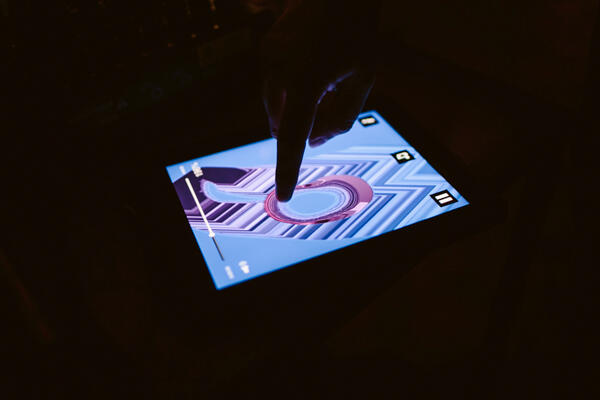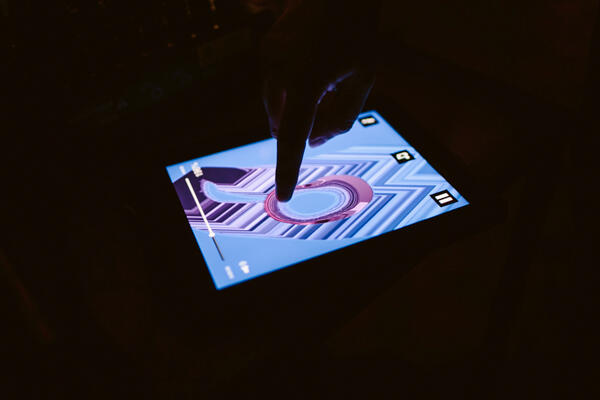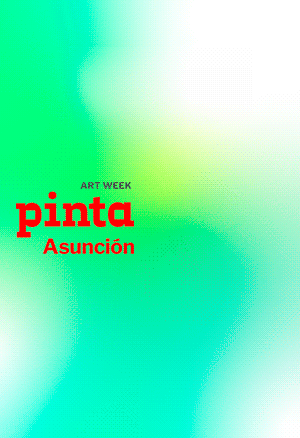Nicolas Lobo
Purple-Goo, Miami
On August 1st, artist Nicolás Lobo and software developer Dylan Romer launched Purple-Goo, a sound-stretching application for iPhone and iPad. It allows users to extend a song up to 100,000 times.

The three minutes of a pop ballad can be frighteningly elongated into a magma-like score that can last days, a seemingly infinite drone signal, or soothing slush gargle that perforates commonsensical definitions of music. The app allows this kind of manipulation by stretching information on digital files. It’s an intensification and updating of the analogue processes that characterize the 1990s, Houston-specific, chopped-and-screwed technique of remixing hip hop tracks, invented by the late DJ Screw. In songs associated with the genre the tempo is mellowed so that it emulates the density and viscosity--and rhymes with the high--of purple drank, a mix of codeine- and promethazine-loaded cough syrup and soda, the drug of choice among listeners and producers of the remixes.Lobo, who has always been interested in both specific music subcultures and the affective potential of sonic distortion, has often included stretched songs as audio components in his sculptures and other projects. The Purple-Goo app extends this specialized treatment of audio to any phone owner, handing production over to enthusiasts and bored teenagers.
But more than wresting control over production from professionals, what is interesting about the Purple-Goo is that it signals a shift in the site of artistic production. The app was both made and functions outside the confines of a formalized art world and its myriad institutions. The “studio” is now at the border between multiple fields. More than this: it is the very porosity, the apertures, at these borders. This marks a change, I think, a categorical change, from artists who dabble in near-by cultural and industry fields--artists who make prints for Hugo Boss or custom-paint BMWs or make movies. This new kind of artist, if that is what he or she still is, assumes an irrevocable mobility in a different way. There is no closed or established art production site, whether physical or even conceptual (as it is for those who practice a situational and post-studio aesthetics), to return to after forays in other fields. Here, everything is unstable, “art practice” invents itself as it goes, perhaps even shedding whatever the “art” part of the term is supposed to encase and protect. The “studio” is a series of opportunities to inflect contemporary flows more than any physical location.
This is not the first time that Lobo moves outside of the established confines of art production, complicating the edges of what may be considered his artwork. Last year, he worked as part of a team that designed a sorting algorithm for the mountains of face recognition data that are collected on a daily basis. It was a project developed under the auspices of the terrifying DARPA, the experimental wing, the avant-garde front, of the U.S. Department of Defense. Awareness of this, I think, is trailed by a number of poignant and sticky questions regarding the politics of this mobile “artist” that is being prototyped through these excursions outside traditional art confines. And these questions rest on the larger problem of how it is that artists can still be relevant critical forces in a world in which sites of cultural production seem to be these days no more than testing grounds for the innovative modes of depredation that late capitalism is constantly generating.





